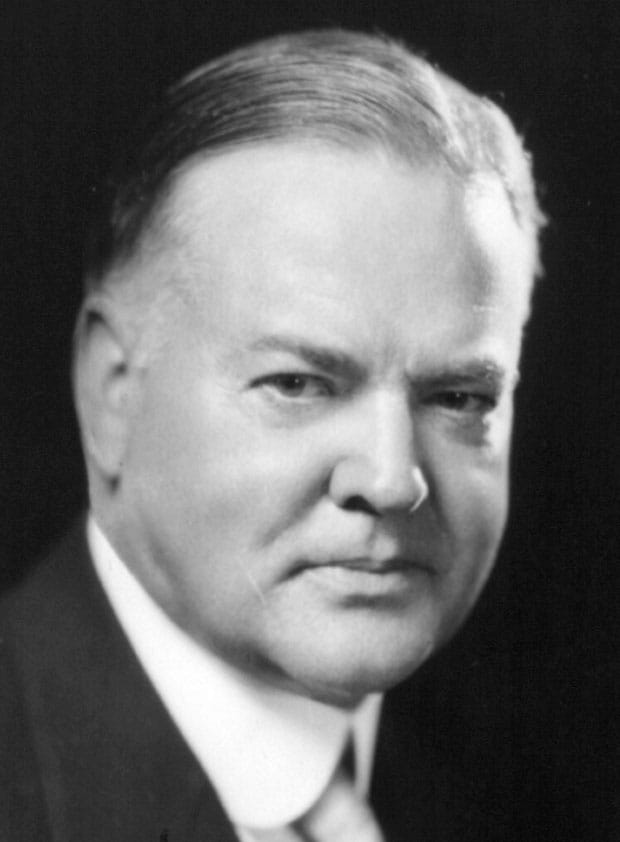The Investigation
Al Capone was immediately suspected of orchestrating the Massacre, although he was living in Florida at the time...



The Massacre was reported across the country, and it horrified an American public that had previously viewed gangsters such as Al Capone as heroic figures. A line had been crossed, and political leaders and citizens alike demanded a crackdown. President Herbert Hoover called on his federal law enforcement agencies to bring the culprits to justice.
The Massacre was a turning point in the public’s attitude toward the Mob. Before this event, Capone in particular was seen by many as something of a heroic figure in Chicago — he had a lot of friends among the common people and a lot of allies in the corridors of power.
But as Capone biographer Jonathan Eig wrote about the Massacre,
Author William Helmer says Capone, too, must have regretted the Massacre because of its dire effects on his business: “The murders made the front page of every daily paper in the United States and in many foreign countries. … Chicago Police launched a great crackdown on the city’s several thousand speakeasies, which cost Capone’s Outfit a fortune.”“From coast to coast, people suddenly seemed to be reaching the conclusion that a line had been crossed, that the violence had become too much to bear.”
Another Capone biographer, Laurence Bergreen, eloquently summarized the national reaction: “Newspapers across the country devoted an unprecedented amount of space to coverage of the mass murder of seven men and in the process sold millions of copies. The event impressed itself into the consciousness and the history of the nation like a dark fly in amber.”


About a month after the Massacre, a delegation of prominent Chicagoans met with newly elected President Hoover in the White House and urged him to provide federal assistance to tackle rampant crime in the Windy City, much of it attributed to Capone’s syndicate.
Hoover told his attorney general, William D. Mitchell, to “get Capone.”
It took two years, but the effort ultimately was successful. Thanks to the investigative work of the Treasury Department’s Special Intelligence Unit, headed by Elmer Irey, Capone was convicted of tax evasion and sentenced to 11 years in prison.

Al Capone was immediately suspected of orchestrating the Massacre, although he was living in Florida at the time...

